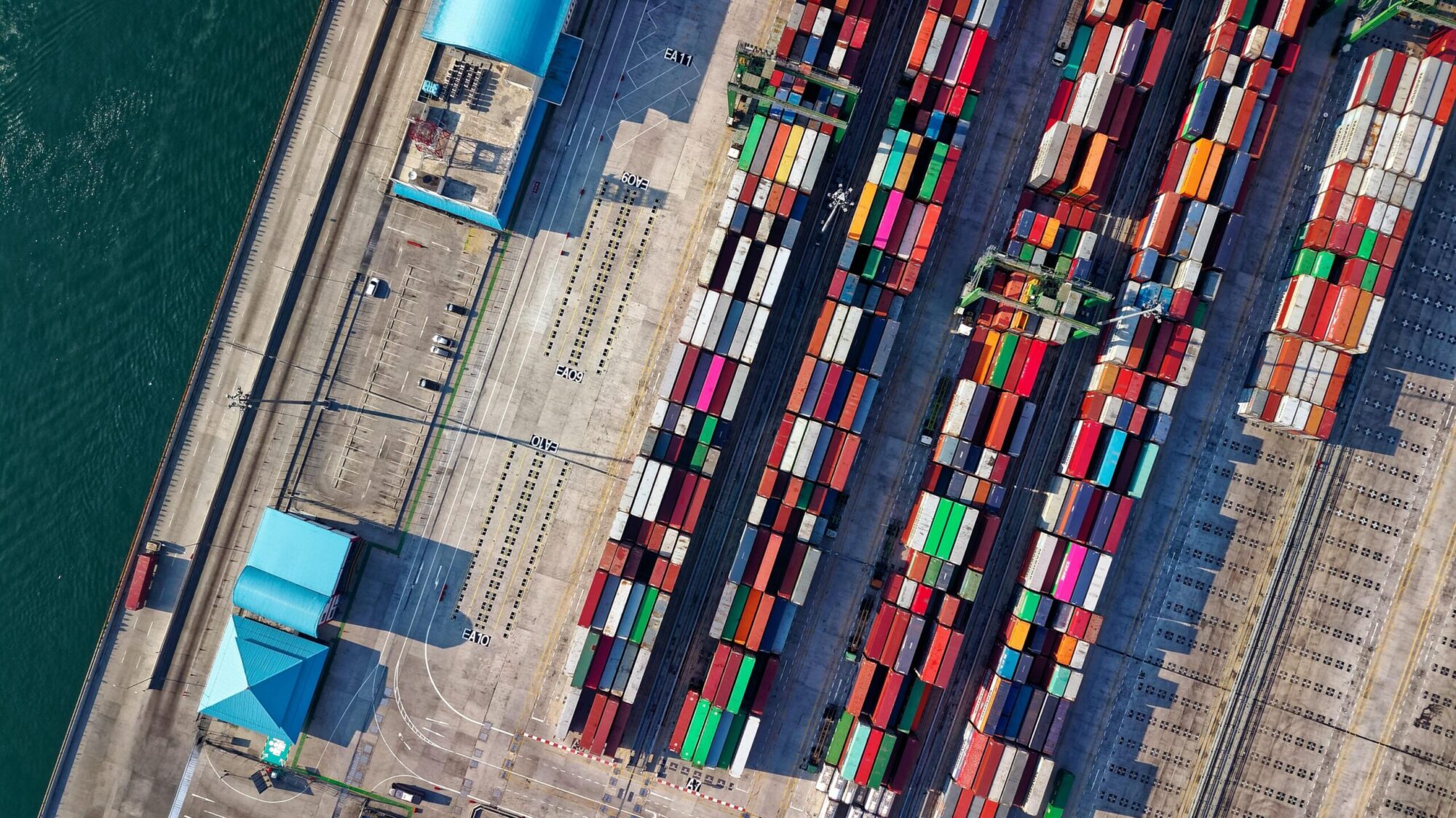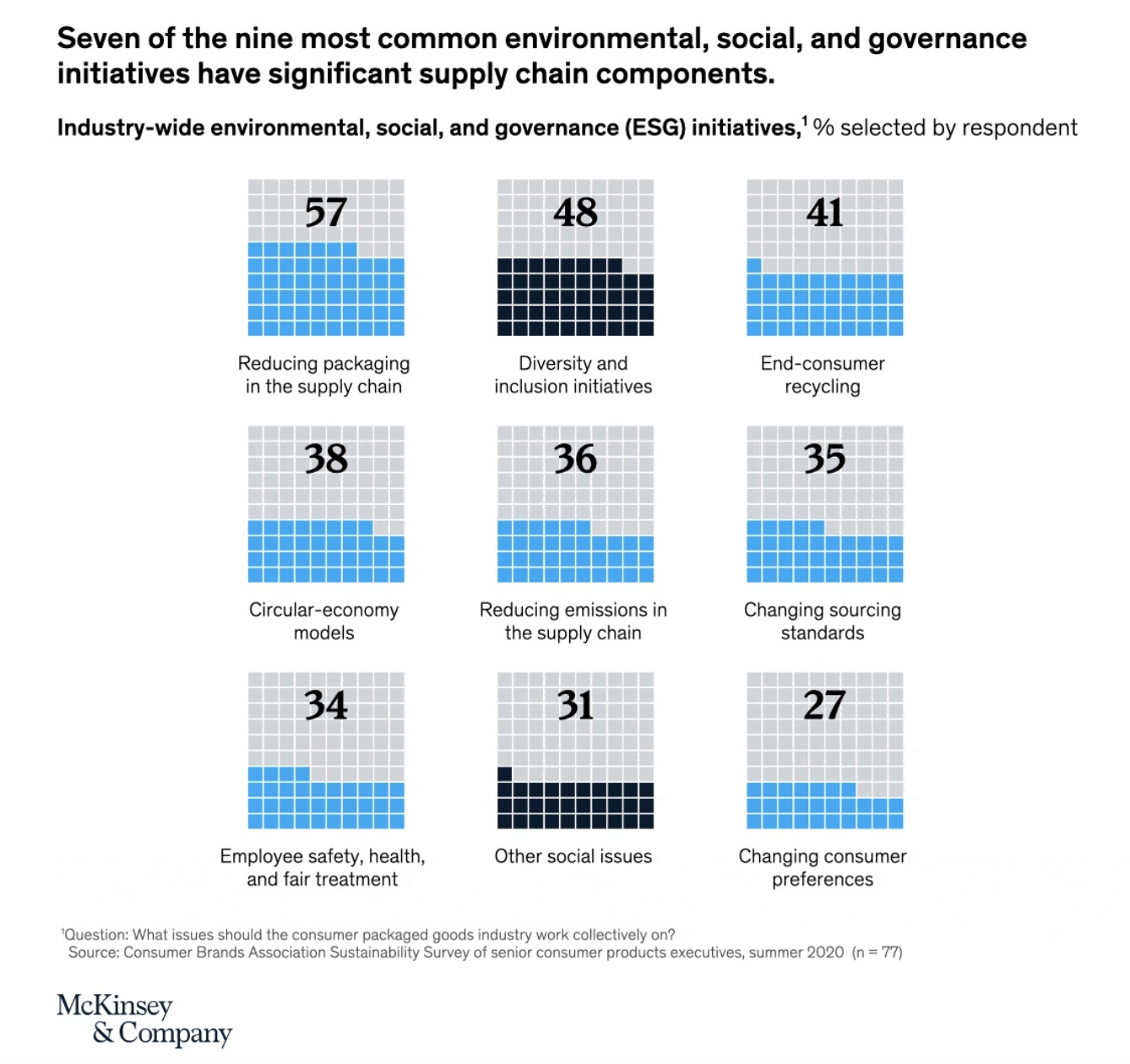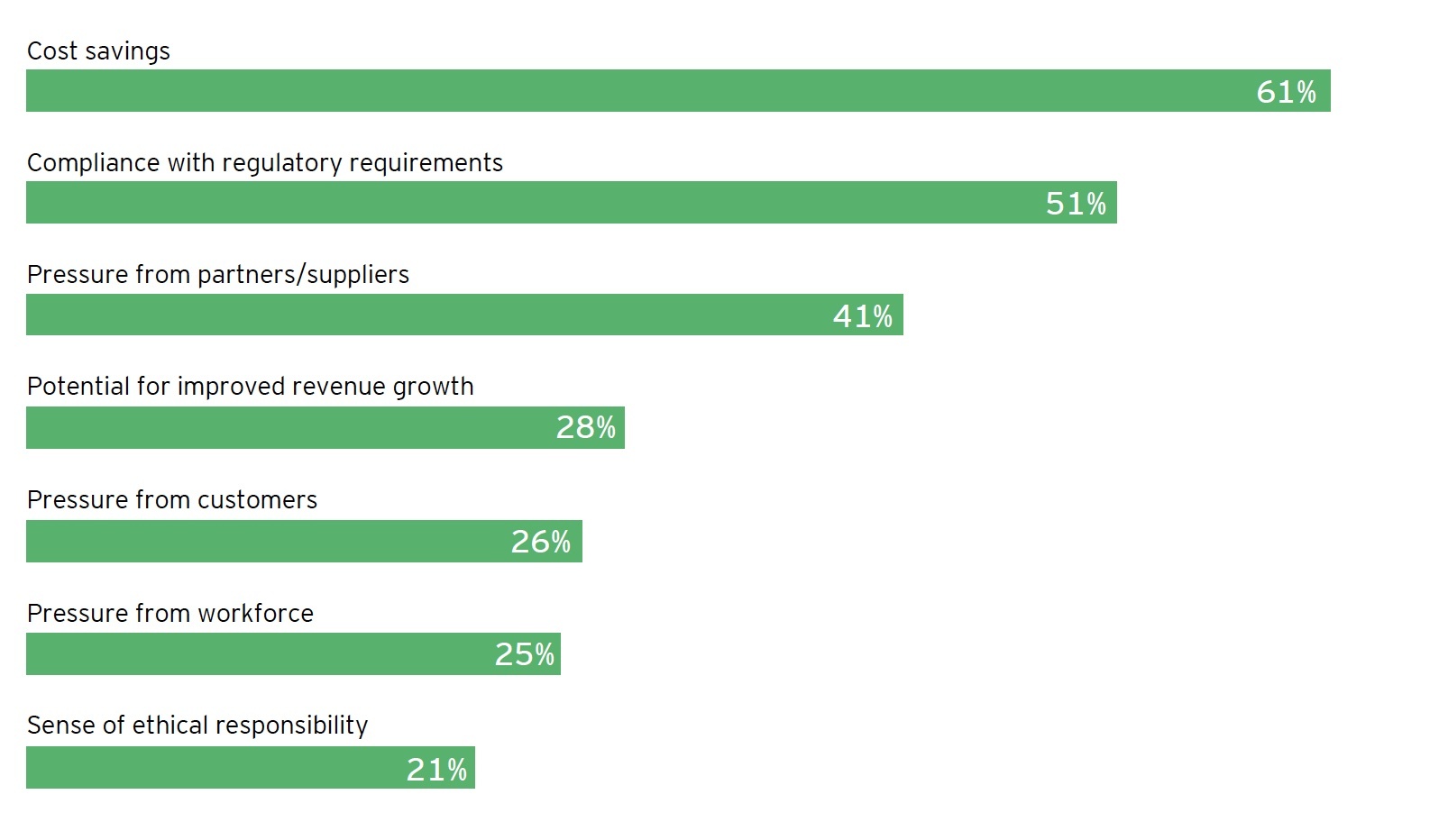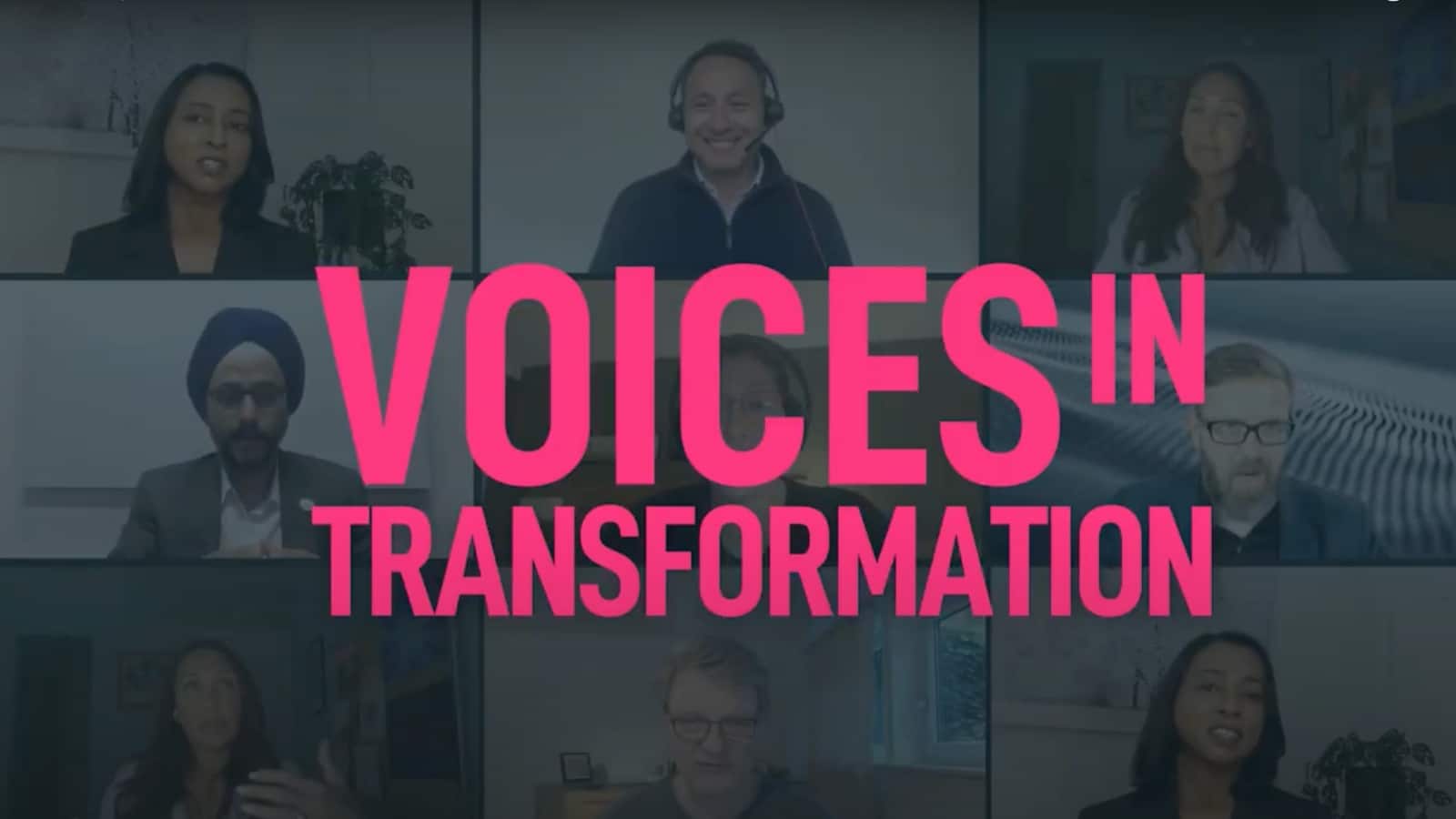Blog
Sustainability in Supply Chain Management: How to Reduce Your Carbon Footprint
PUBLISHED ON:
April 21, 2023

Subscribe to Receive the Latest Supply Chain Design Resources
Organizations are increasingly aware of the immediate need for sustainability. Across industries and markets, consumers demand environmental stewardship and choose products and brands prioritizing sustainability.
Your supply chain design plays a crucial role in your greenhouse gas emission––and reduction. Optimizing your network design empowers you to reduce your carbon footprint without sacrificing quality, productivity, or profits.
Read on to learn how to prioritize sustainability in supply chain management and how Optilogic’s platform can help you create, prioritize, and implement green practices starting now.
Sustainability in Supply Chain Design
Thriving as a business in the twenty-first century requires a sustainable approach. The good news is that prioritizing sustainability in your supply chain design doesn’t require a massive investment of time or money. With the right tools, you can reduce greenhouse gas emissions (and your carbon footprint).
Below are some of the common questions organizations often ask about greenhouse gas emissions in the supply chain:
- How do I start calculating and reporting carbon emissions?
- How can I determine where my emissions come from across my supply chain (and how do I offset my emissions rate)?
- How do I balance profit against reducing emissions?
Creating sustainable practices within supply chain design allows for long-term growth and responsible stewardship of your resources and the environment: a win-win for everyone. Read on to learn the answers to the above questions and the practical steps you can take to achieve sustainable network design.
Reducing Your Carbon Footprint: Why Care?
Sustainability is the responsible path for today’s organizations. But environmental concerns aren’t the only motivations for reducing your carbon footprint. Many motivations compel companies to take a proactive approach in understanding greenhouse gas emissions across the supply chain:
- Customers want you to reduce your carbon footprint. According to a 2021 survey, four out of five people surveyed across seven major industrial countries say it is important or very important that corporations commit to becoming net zero. The same survey revealed that younger generations say emissions commitments influence their willingness to buy goods from a given company.
- You don’t want to work with suppliers that land on the wrong side of the regulatory agencies. Agencies like the EPA can levy hefty fines for violating environmental regulations. Clean Air Act violations, for example, can be assessed at $37,500 per day per violation. Hefty penalties are inevitably passed through to clients, driving up the cost of doing business with producers that are slow to adopt emissions reduction techniques. Given the increasing global pressure on the U.S. to reduce its overall carbon emissions, more regulation in the future is inevitable.
- Reducing greenhouse gas emissions can help uncover hidden cost savings throughout your supply chain. The Cosmic Frog greenhouse gas model can help organizations compare scenarios that could include hidden cost savings found by changing transportation routes, opting to relocate distribution centers, or reconsidering where to source raw materials.
Image Source
Reducing Your Carbon Footprint Through Supply Chain Optimization
The numbers don’t lie — according to the EPA, organizations’ supply chains often account for more than 90% of their greenhouse gas emissions when considering overall climate impacts. CDP, an industry group that provides a framework for reporting environmental information to stakeholders, reports that supply chain emissions account for, on average, 11.4 times the emissions of operational emissions, or 92% of an organization’s total GHG emissions.
A World Economic Forum survey identifies three primary challenges impacting supply chain emission reductions:
- Difficulties with reporting and transparency due to a lack of standards and capabilities for data collection and calculation complexities.
- A lack of scaled solutions driven by technical limitations and financing challenges. Legacy supply chain design technical challenges frequently come into play.
- Competing organizational objectives: the view that increased investment in greenhouse gas reduction pulls capital from other organizational initiatives can lead to inaction on supply chain sustainability improvements.
Let’s look at practical steps your organization can take to reduce its greenhouse gas emissions.
1. Emissions Recording and Reporting
Data gathering and analysis is the most effective way to understand the full scope and impact of your greenhouse gas emissions.
Unfortunately, there isn’t an overarching standard for reporting emissions (though many organizations are required to report them). This presents significant challenges when comparing and contrasting carbon emission rates. It can also be challenging to find reported data in the first place.
While some organizations are proactive and transparent and share their emissions-related data freely, others are more reluctant to publish these figures or simply lack the technology to do so efficiently.
Create and implement a recording and reporting strategy. You will execute effective supply chain sustainability practices only if you know your impact.
2. Scale Solutions
Legacy technology can’t keep up with the speed and breadth of scaling that large organizations strive to achieve. Your company needs scalable tools and solutions that grow with you and can be implemented across your organization. Supply chain management tools that are truly scalable empower you to thoroughly and extensively consider your impacts related to environmental sustainability.
Whether you’re a startup or a legacy company with decades of growth behind you, you need scalable technology solutions that paint a bird’s eye view of your supply chain design and impact so you can make informed decisions that serve your company, the environment, and the consumer.
3. Prioritize Sustainability within Organizational Objectives
Your bottom line is often the bottom line among stakeholders. While sustainability is becoming increasingly important, persuading decision-makers to invest in sustainable supply chain design can be a hard sell, especially when it’s assumed your profits will suffer.
Crucially, according to an EY study, nearly two-thirds of the executives surveyed say their top motivator for sustainability efforts is cost savings:
As you enter these conversations, highlight the correlation between sustainable supply chain design and profitability. The two are intricately intertwined.
Proactive Sustainability in Supply Chain Design
Taking a proactive approach towards sustainability means considering your environmental impact at the supply chain design level. That’s where Optilogic shines, and, thanks to the Cosmic Frog Greenhouse Gas model, making intelligent, eco-forward decisions is easy.
As you consider your supply chain design, our tools allow you to model scenarios related to emissions levels, supported by data from sources like the Greenhouse Gas Protocol and third parties like South Pole that set emissions benchmarks and help companies quantify their carbon emissions.
The Optilogic platform empowers organizations to take a long view of the environmental and financial implications of various decisions, including supplier choice, distribution locations, transportation details, natural disaster risk, and more.
Cosmic Frog can help you pinpoint areas in your network with the highest emissions rates so you can prioritize impactful environmental decision-making. Our models allow you to see how making even small changes can lead to improved sustainability across your supply chain design.
Optilogic provides the tools, solutions, and support you need to implement sustainability in your supply chain, and you can start now.
Grow Your Knowledge
Optilogic’s Impressive Momentum in 2024, Marked by High-Profile Partnerships, a Strategic Acquisition, and a Continuous Drumbeat of Boundary-Pushing Solutions Promises to Continue Next Year
Among the supply chain design software leader’s 2024 wins were partnerships with global leaders including GM and BASF, and launching the Leapfrog AI assistant.





